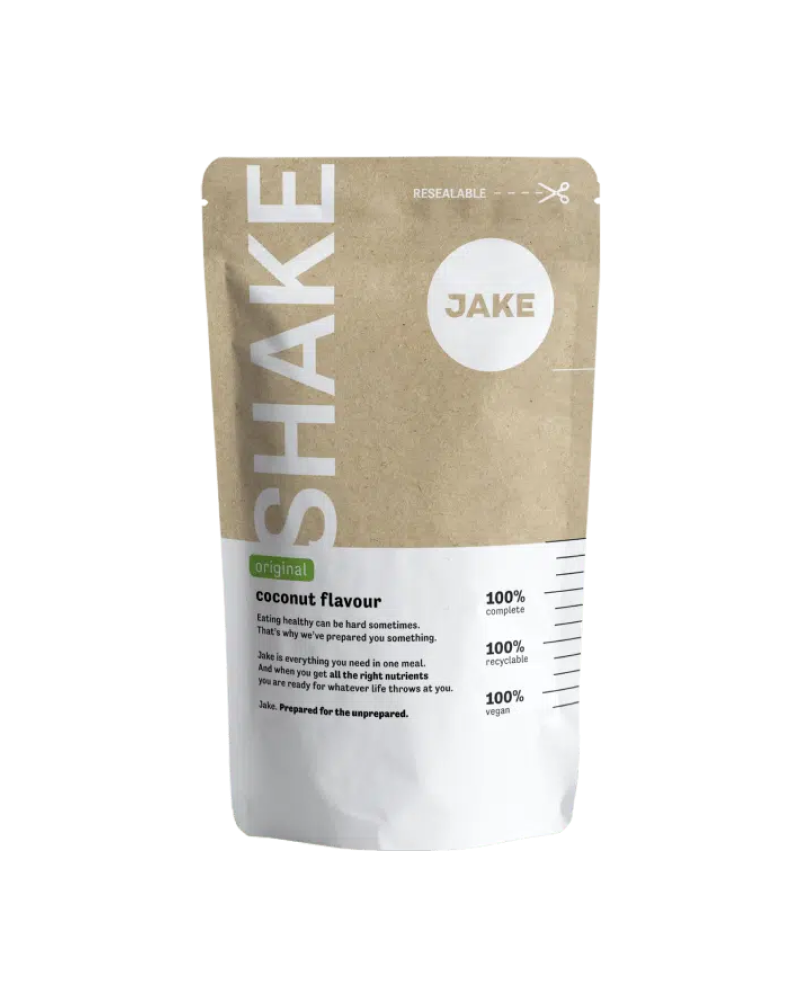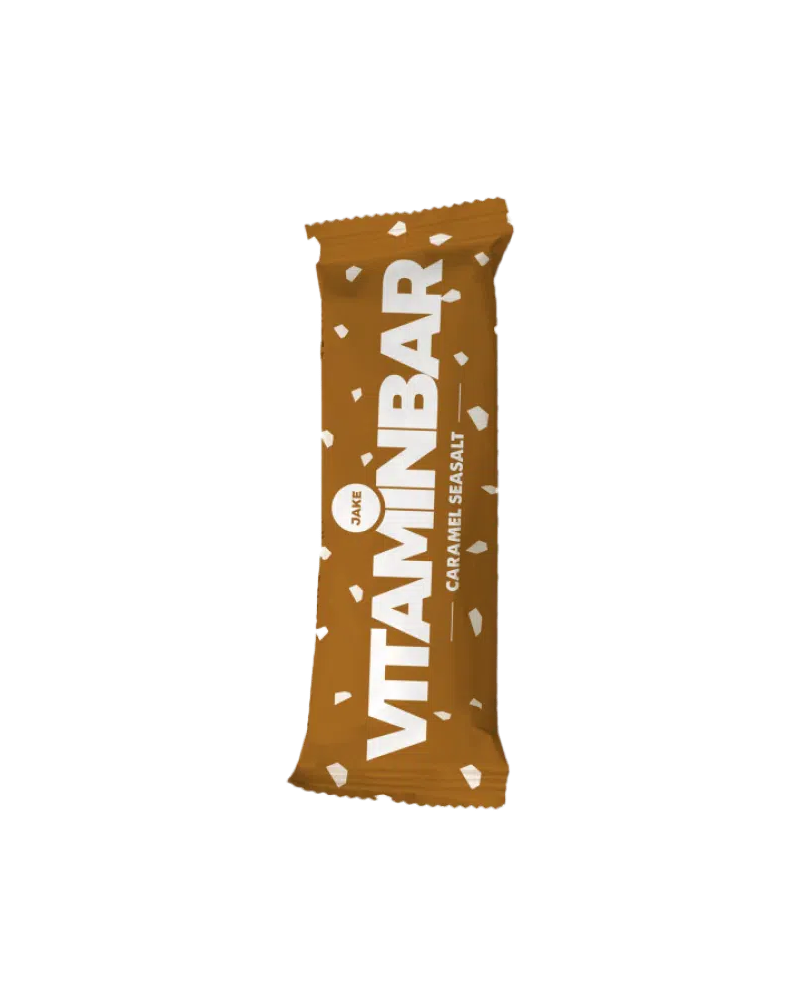6-minute read•July 11th, 2018
How much vitamin E did you have so far today? You probably have no idea and that’s OK. Even though it shares a lot of functions with vitamin C, vitamin E doesn’t often get a comparable piece of the popularity.
If you pay attention to the ingredients list of your cosmetic products, you’ll notice that it often features there, but do you know why? And, unless you want to try and taste your cosmetics (please don’t), how can you make sure you’re getting enough vitamin E in your diet?
Below is everything you need to know about vitamin E.

Short on time?
Types: Vitamin E, alpha-tocopherol, dl-alpha-tocopherol
Best known for: Contributes to the protection of cells against oxidative damage.
Good sources: Nuts, seeds and vegetable oils, green leafy vegetables and cereal.
Recommended dietary allowance (RDA): 13mg/day for adult men and 11mg/day for adult women. The maximum intake unlikely to cause adverse effects is set at 1 g/day.
Good to know: Overconsumption from food is not known to be harmful, but a high intake of the synthetic form of vitamin E (dl-alpha-tocopherol) can have adverse effects on health over time.
Vitamin E in Jake:
Jake Light and Original: 45% – 50% of RDA
Jake Sports: 38% – 40% of RDA
Vitaminbars: 38% of RDA
What is vitamin E?
Vitamin E is a fat-soluble vitaminFat-soluble vitamins are absorbed in the body with the help of lipids (fats) and are less likely than water-soluble vitamins (e.g. B and C) to leave the body through the kidneys. with eight vitamersVitamers are chemical compounds with a similar molecular structure, which exhibit the same activity in the body. The eight vitamers of vitamin E are alpha-, beta-, gamma-, delta-tocopherol and alpha-, beta-, gamma-, delta-tocotrienol.. Of these, only alpha-tocopherol is considered to meet the dietary requirements of humans.
Next to naturally-occurring vitamin E, its synthetic equivalent dl-alpha-tocopherol is also widely used as a dietary supplement.
Synthetic vitamin E is absorbed only half as well as naturally-sourced vitamin E, meaning that you’d need to consume double the amount of a synthetic source to ensure a sufficient intake. Keep that in mind if you are getting your vitamin E primarily from supplements.
Health benefits of vitamin E
Just like vitamin C, vitamin E is a powerful antioxidant. As such, it protects cells in the body from the harmful effects of free radicalsFree radicals are by-products of various chemical reactions. As they interact with cells, they can cause the so-called oxidative damage and hinder normal cell functioning over time.. Free radicals result from normal metabolic processes in our body and can also come from the environment around us – e.g. from cigarette smoke, air pollution and ultraviolet radiation from the sun. By limiting the destructive effect of free radicals, vitamin E helps maintain the normal functioning of our cells.
In short, the key functions of vitamin E are:
- Protection of cells in the body from free radicals damage.
- Helps protect healthy body cells
How much vitamin E do you need?
The recommended dietary allowance (RDA) of vitamin E according to the European Food Safety Authority is 13mg for adult men and 11mg for adult women. The respective amounts for children aged 1-3 and those aged 3-10 are 6 mg/day and 9 mg/day. What does this mean in practical terms? As an adult man, all you need to meet your daily needs of vitamin E is two small handfuls of almonds or hazelnuts. Done!
On food and supplement packaging, the vitamin E content can be measured in either milligrams or International Units (IU). 1 IU = 0.67 mg alpha-tocopherol and 0.9 mg dl-alpha-tocopherol.
Vitamin E in foods
Vitamin E is primarily found in plant foods, the best ones being vegetable oils, nuts and seeds. Significant amounts are also present in green leafy vegetables and cereals.
Because vitamin E is fat-soluble, it is best consumed together with some fats. Therefore, diets that lack in fat may result in insufficient absorption of vitamin E, even if the recommended daily allowance is observed. A higher intake of nuts, seeds and vegetable oils could counteract this effect.
These are the top sources of vitamin E:
| Food | RDA (%)* | Vitamin E (mg) |
|---|---|---|
| Wheat germ oil (1 tablespoon) | 156% | 20.3 |
| Sunflower seeds, dry roasted (30 g) | 57% | 7.4 |
| Almonds, dry roasted (30 g) | 52% | 6.8 |
| Sunflower oil (1 tablespoon) | 43% | 5.6 |
| Hazelnuts, dry roasted (30 g) | 33% | 4.3 |
* Based on the recommended dietary allowance (RDA) established by EFSA for healthy adult men (13 mg/day)
Roasting nuts can considerably decrease their concentration of vitamin E. In the case of almonds, with up to 33%. To get the most vitamin E out of the nuts in your diet, consume them raw and unsalted.
What if you’re not getting enough vitamin E?
Vitamin E deficiency is quite rare among adults with a varied diet. Groups at risk of deficiency include premature babies weighing under 1.5 kg and people with fat-absorption disorders, including rare inherited conditions such as abetalipoproteinemia and ataxia.
How much vitamin E is too much?
No negative effects are associated with the consumption of too much vitamin E from food. When it comes to synthetic vitamin E, the data are less straightforward. It should be noted that these are unusually high amounts (over 30 times the RDA). Additional factors, including genetics, likely also played a role in the observed outcome.
However, to stay on the safe side, it is advisable to limit consumption to a maximum of 1 g/day for adults. This amount is considered a tolerable upper intake level (UL), meaning that it is unlikely to cause adverse health effects over the short term.
Take-aways
The top three facts to keep in mind about vitamin E:
- Vitamin E is a powerful antioxidant.
- You can find vitamin E primarily in nuts, seeds and vegetable oils, but green leafy vegetables and cereal are also an adequate source.
Afraid to miss out on essential nutrients your body needs? You can always take our Jake meal replacement shakes or one of our delicious meal replacement bars.








